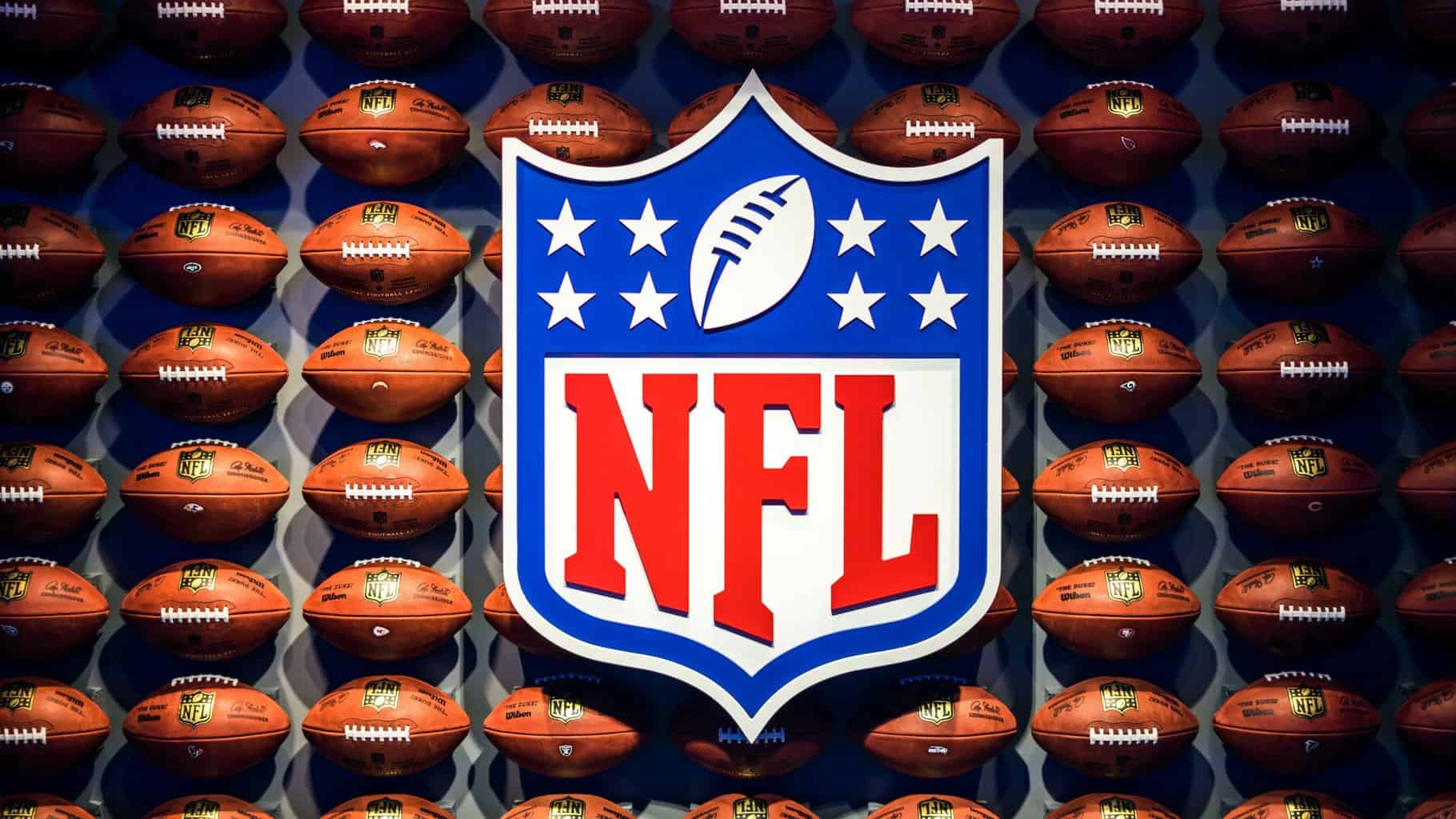What could possibly improve the Super Bowl half time commercials? Influencers

As we noted in another piece covering Super Bowl LVII, there was a noticeable gap in the celebrities that appeared in the many Super Bowl commercials: influencers.
Influencers were suspiciously missing from the Super Bowl marketing attempts. On the one hand, that makes sense. This is the biggest marketing opportunity the year affords brands, and so they want to put their money into massive names that everyone would know. So, the usual suspects were rolled out: Kevin Bacon, Sylvester Stallone, Ben Stiller, Ben Affleck, all the A-list Ben’s you can think of. They were all there. But there were also a few curveballs. Anna Faris showed up, despite, let’s face it, her last news-worthy appearance being the scandals around her ex-husband. Miles Teller was a new and novel addition, made possible by the uncanny popularity of Top Gun, and T-Mobile brought together three stars you hadn’t heard of in years, namely John Travolta, Donald Faison and Zach Braff (again more famous for his partner than his work nowadays).
Surely, T-Mobile, for the no doubt substantial amount of money they offered the ex-Scrubs stars and John Travolta, (who hasn’t acted since 2018’s Gotti, by the way), could have put something together with more affordable and yet no less famous YouTube and Twitch stars.
Not convinced? Well, money is only one selling point of switching to influencers, rather than A-listers that are very quickly slipping into B-list territory. There are lots of benefits to adding influencers to your marketing campaign, beyond even the obvious points of affiliate marketing being more affordable and more effective. We’re calling for content creator recognition in the brand ambassador space. Read on to find out why.
Smaller, but substantial audience
The first obstacle that you’ll come across is the idea that influencers aren’t as popular as A-list celebrities. We would argue against that. They might be considered more newsworthy when they so much as buy a coffee, but when it comes to the average person, they are more likely to lean towards influencers. And like the celebrity space, they have their favourites. You can think nothing of George Clooney, but love the Dad, How Do I…? guy.
It’s the same concept as micro-influencers. You have a smaller audience, but a very loyal one. However, at the Super Bowl, you have the added benefit of outside validation. The way you support actors from your own country or hometown even if they put out the most rubbish films is the way YouTube/Twitch viewers feel about content creators. You get to point at the screen and say, “He’s one of us”.
The chance to go viral
A part of that is the fact that YouTube and Twitch are their own eco-system. They have their own tabloids and broadsheets, their own economy and market, their own business practices that differ from the established entertainment machine, and practically their own language at this point. All of that is to say that a lot of people didn’t hear about RiceGum’s Super Bowl LII from actually watching the ads interrupted by Justin Timberlake dancing, but it was talked about all over YouTube’s drama/news/commentary categories.
Granted, not all this press was great for RiceGum himself. He has quite the Marmite personality: you either love him or hate him. So people were proud that “one of us” made it onto a screen as big as the Super Bowl and others were laughing at the fact that he was essentially an extra that the creators hadn’t realised had the potential to influence – not to mention outshone by the fact that Iggy Azalea was in the same commercial. But do you know what pre-empted every discussion?
“So, RiceGum was in a Beats commercial for the Super Bowl…”
Beats has a long history of knowing and appreciating where its audience comes from, so that’s no surprise. But more brands should realise that YouTube/Twitch watchers eat Pringles, they drink Pepsi, they use smartphones, and they’re as ready to buy as any sports fans. In fact, they will probably be looking up every single one of those commercials on, you guessed it, YouTube.
Sports fans and YouTube users overlap a lot
And it’s worth pointing out that the Super Bowl is struggling for real views. The idea that it brings in billions of ratings has been outed as a myth. Instead, it’s more in the 200 million and is embarrassing compared to the FIFA World Cup and other global soccer competitions. No doubt the lack of attention on the game outside of the good ol’ US of A is a contributor, but us in Europe are still hearing about Rihanna’s show. We can still remember who performed last year, and we can probably recognise a few commercials to boot: despite probably having no idea who even played. These are people who are online. They’re both handed it and looking it up.
But those who do know and who did watch the game are also online. They’re looking up clips of the game, sure, but they’re also reading the list-icals about the best adverts, the best moments from the halftime show and the titbits of news that came from the whole event. There is a lot of overlap there that makes influencers a better option than the film fans that would recognise Alicia Silverstone in her Cher outfit. We’re not saying film fans can’t enjoy football and vice versa, but there is definitely a jocks versus nerds stereotype for a reason.
There are so many recognised names now
At this point in society’s cycle, big-name content creators are slowly becoming part of the celebrity ecosystem. Sure, that brings a scoff to a lot of people. There are a lot of differences between a YouTuber and a film star, but it’s arguable that the average YouTuber has more influence than a movie star, and that’s what it really comes down to when it comes to marketing. Celebrity endorsements are overdone and shallow. We know they’ll shill anything for a few grand, whereas there is still at least the illusion of integrity amongst influencers.
Plus, traditional celebrities don’t have what influencers offer, in terms of a para-social relationship, for the most part. You can debate whether that is a good thing for influencers, for their fans, etc. but there is no denying it’s good for shifting products. If your best friend said they love this hair curler, wouldn’t you try it? Some celebrities are good at putting it all out there. Names like Julia Fox and Lewis Capaldi come to mind, but there is no doubt that this is stronger in names like Emma Chamberlain, Logan Paul, Mr Beast, Pewdiepie, KSI, and plenty more in a very diverse market.
But brands should recognise the potential there, especially since they’re already out in the world. Emma Chamberlain and Amelia Dimz are interviewing on the red carpet, with the former attending the Met Gala. Other names at the Met Gala include James Charles and Addison Rae. JoJo Siwa is known amongst kids, mums, and the LGBT community for different reasons depending on who you talk to, and need we bring up where Justin Bieber was discovered? These are recognised and trusted names. To leave them out of your Super Bowl marketing campaign is to leave money on the table.
If you are interested in more affiliate and social media marketing insights, take a look at our blog for all the latest news and advice. Or for a more personalised approach, book a free call with a member of our team.
Or, for the very best advice from industry peers, register to gain access to our Amplify Action Day. Taking place in January 2023 doesn’t mean you’ve missed it. Amplify aims to bring you the latest affiliate, performance, and partner marketing insights from across the globe and it’s all available to stream from our website.






